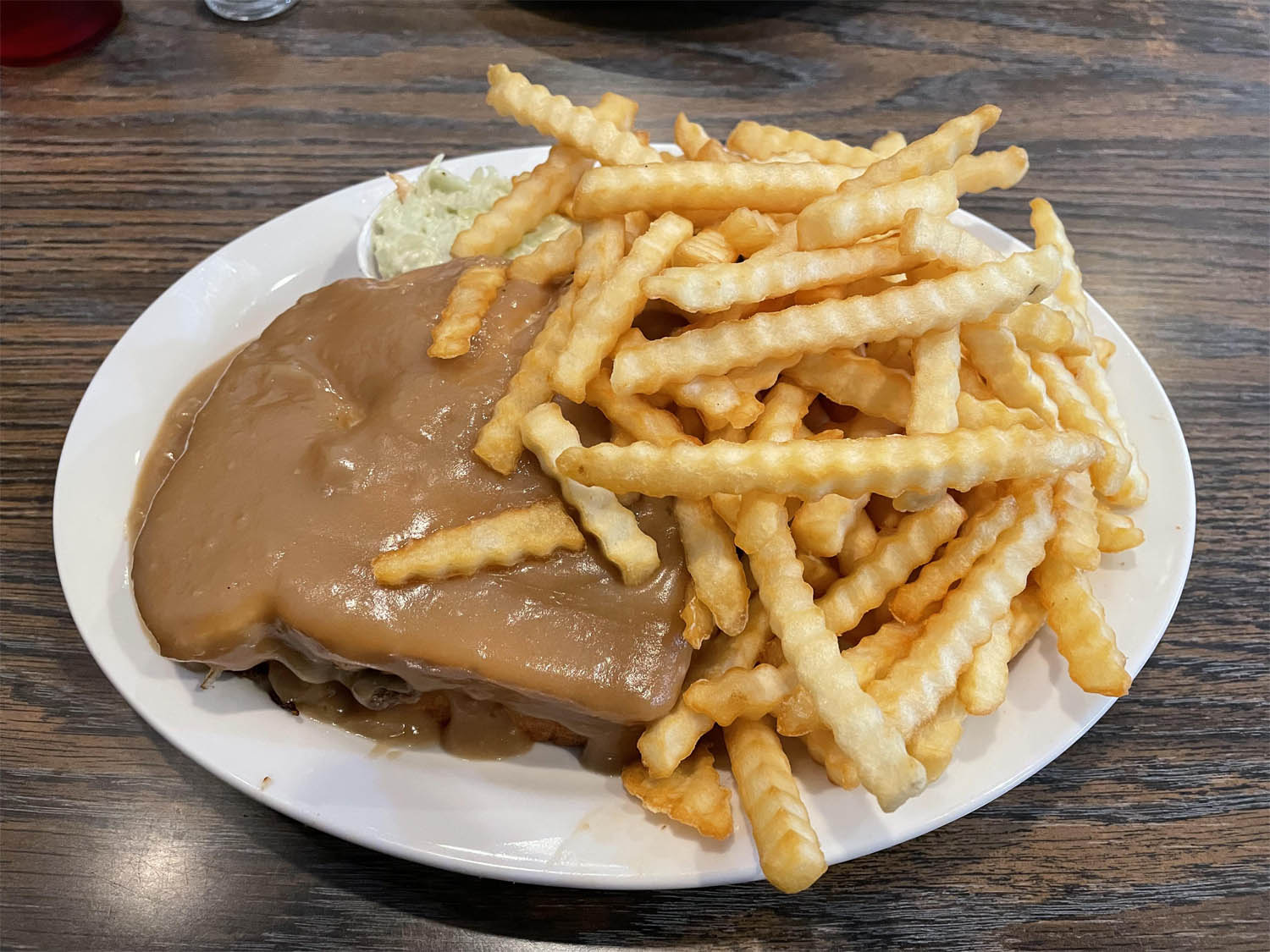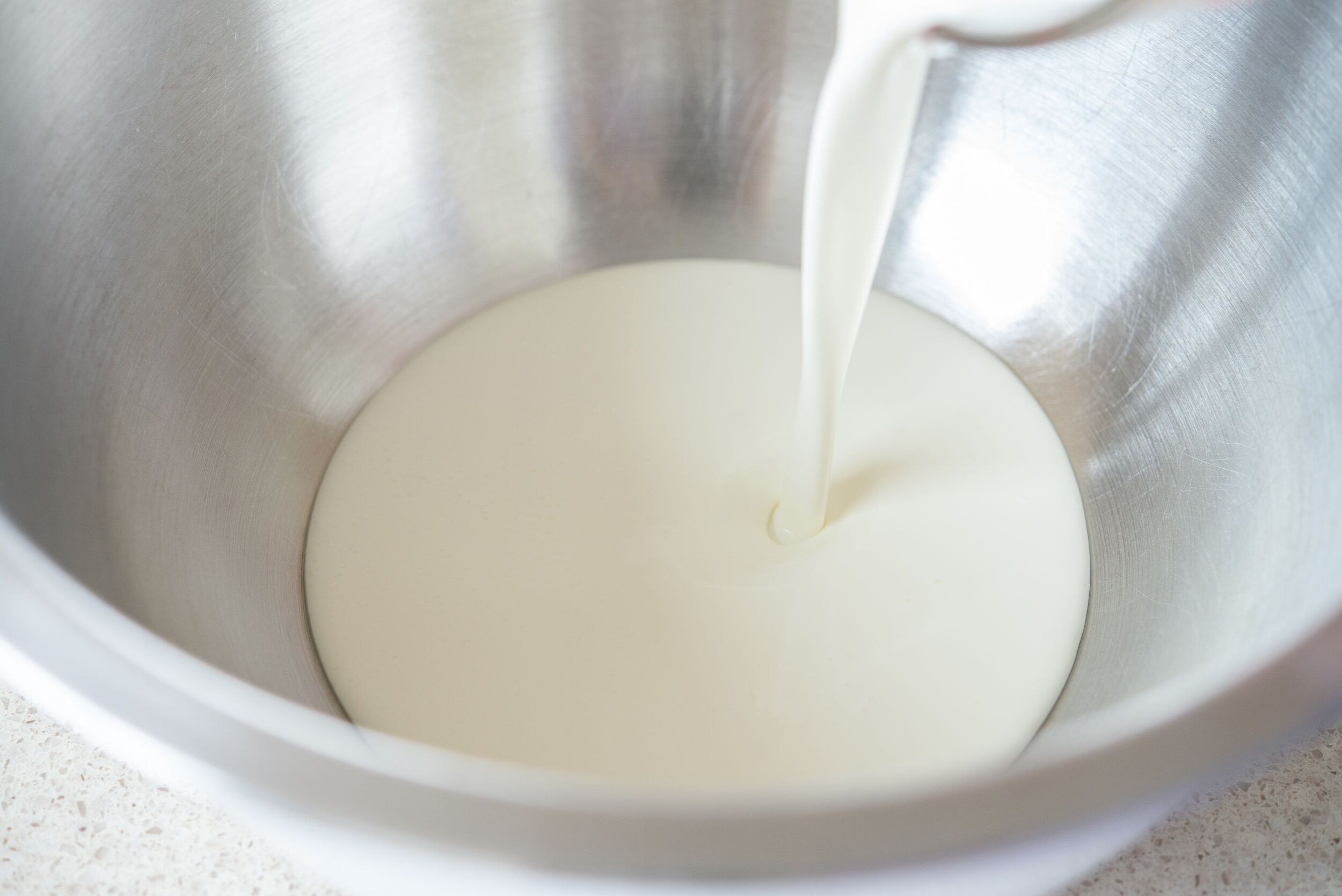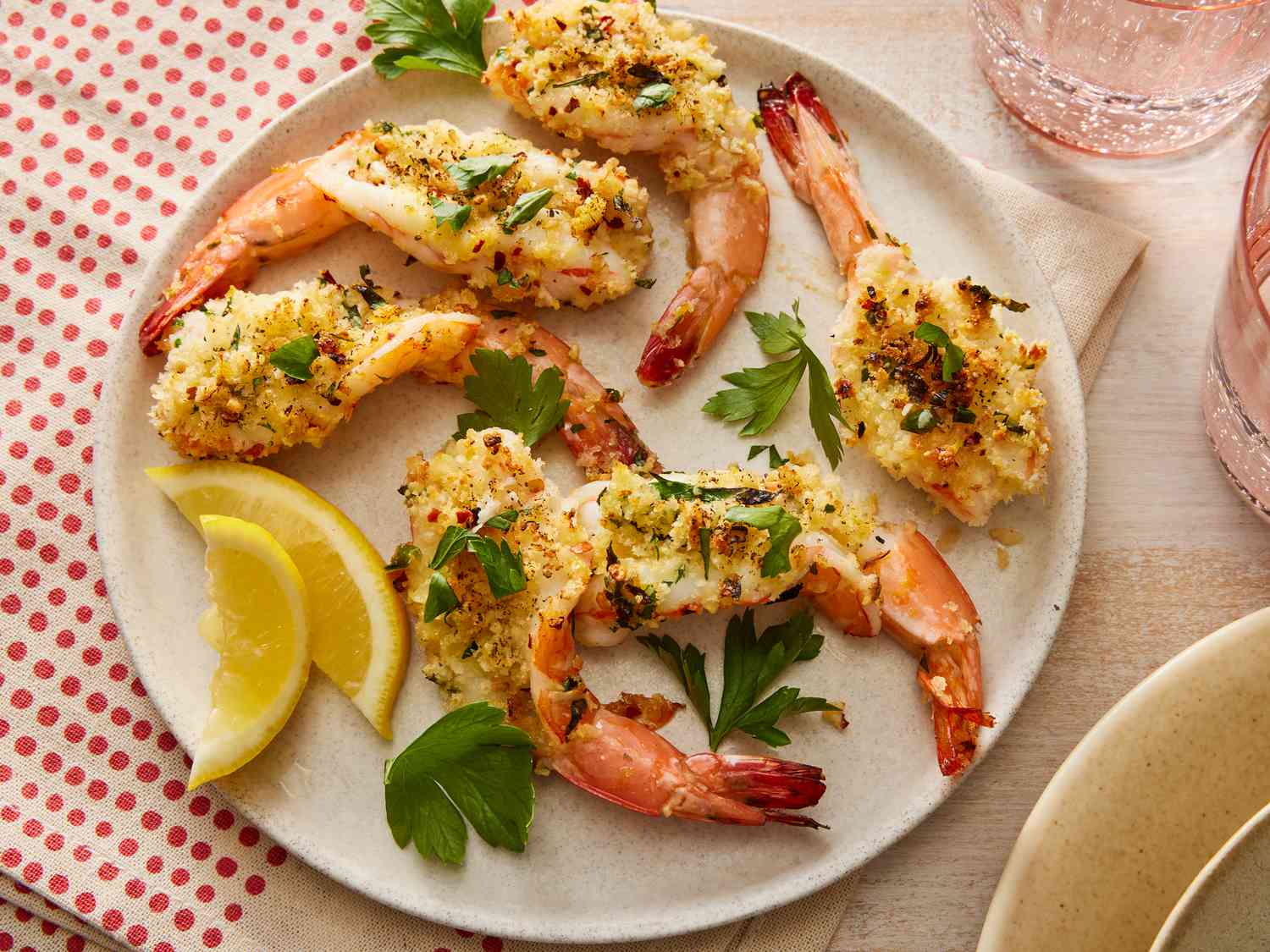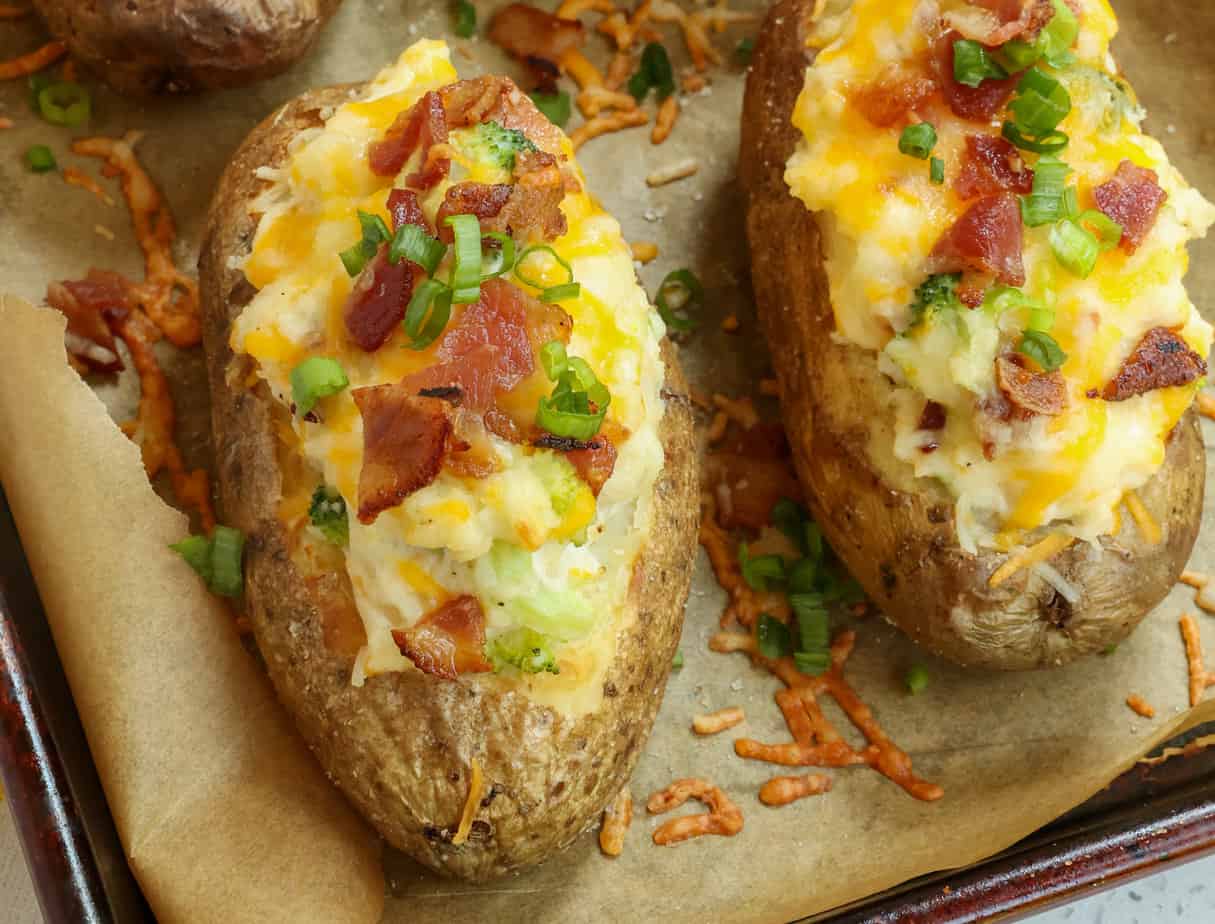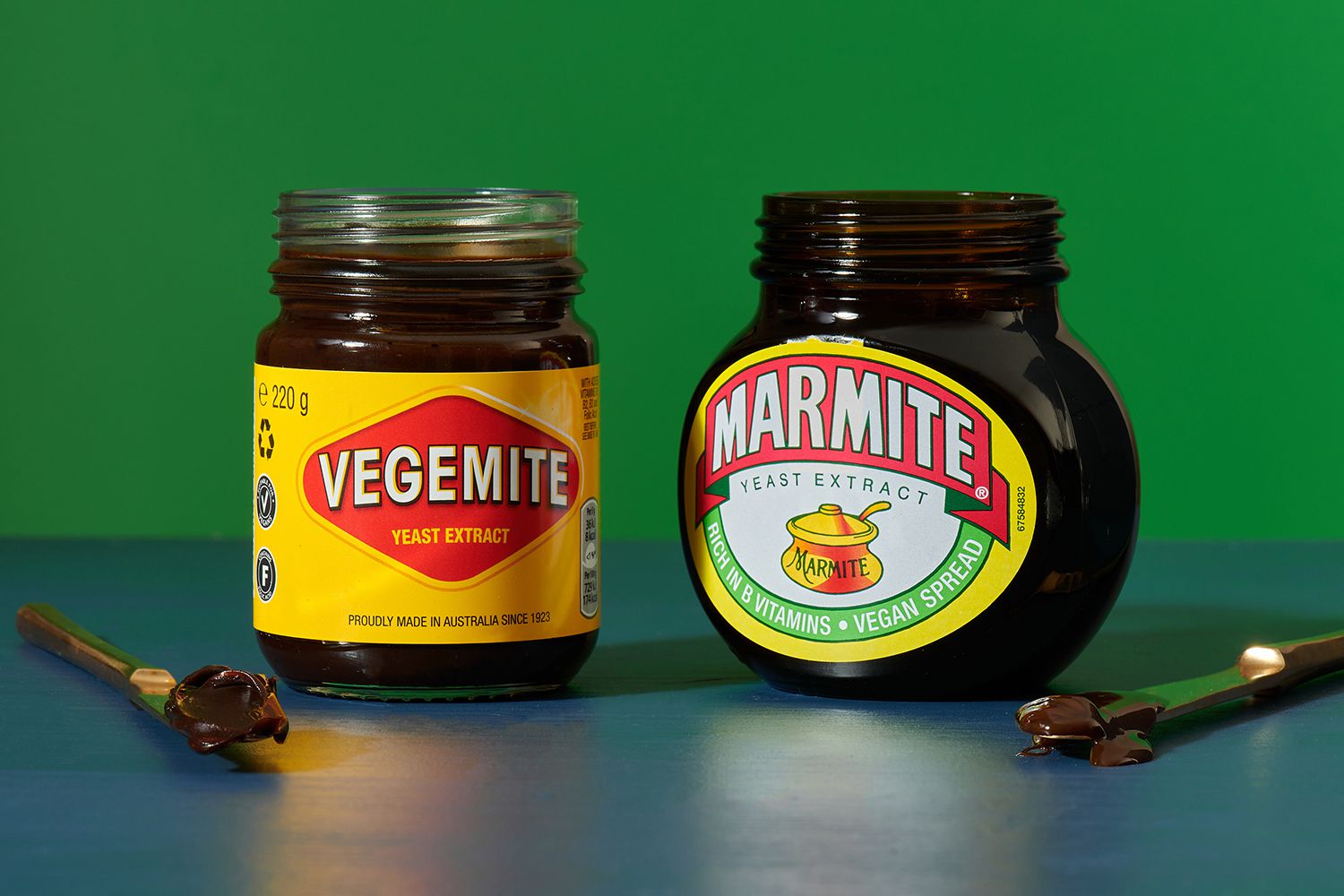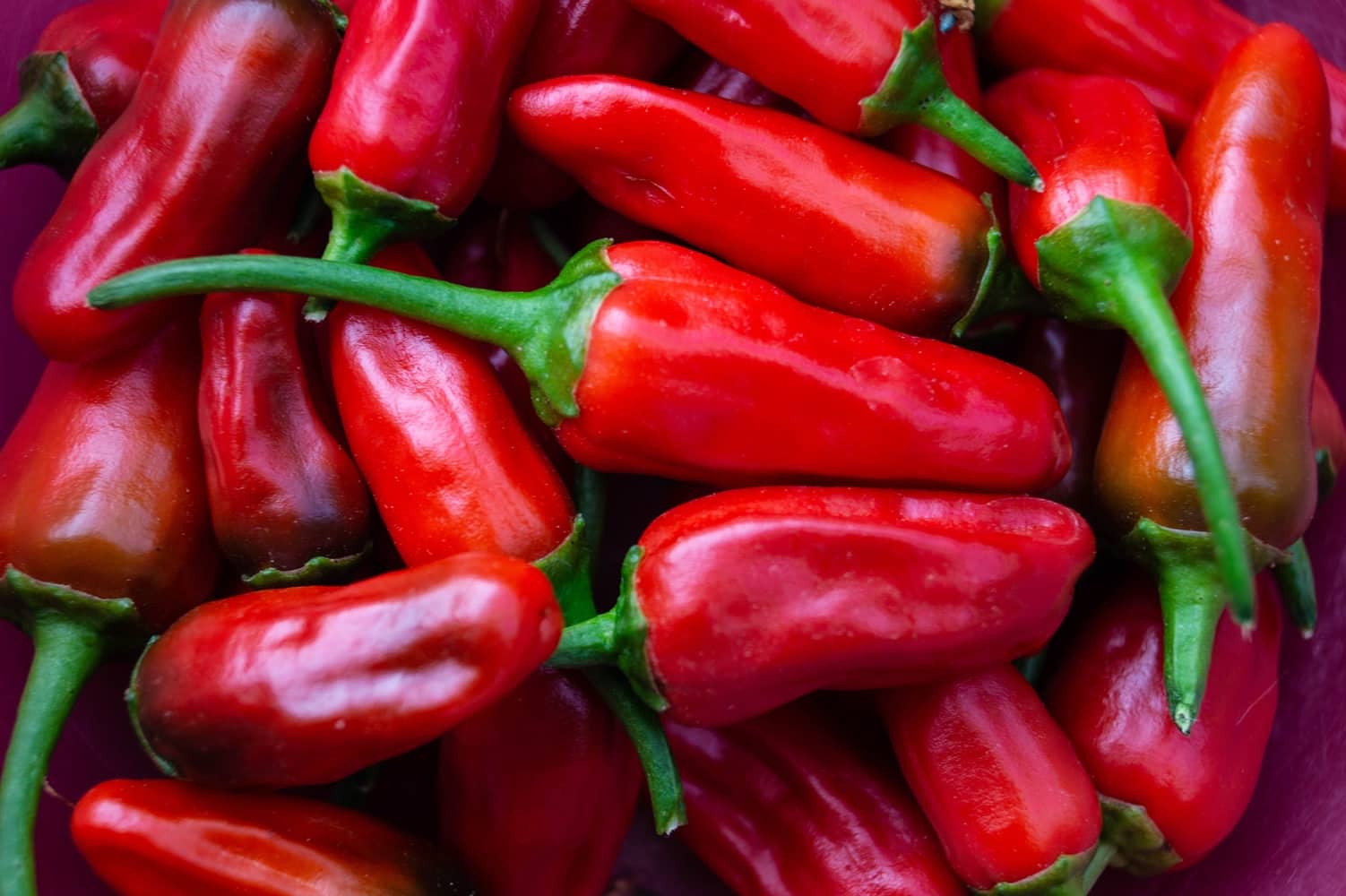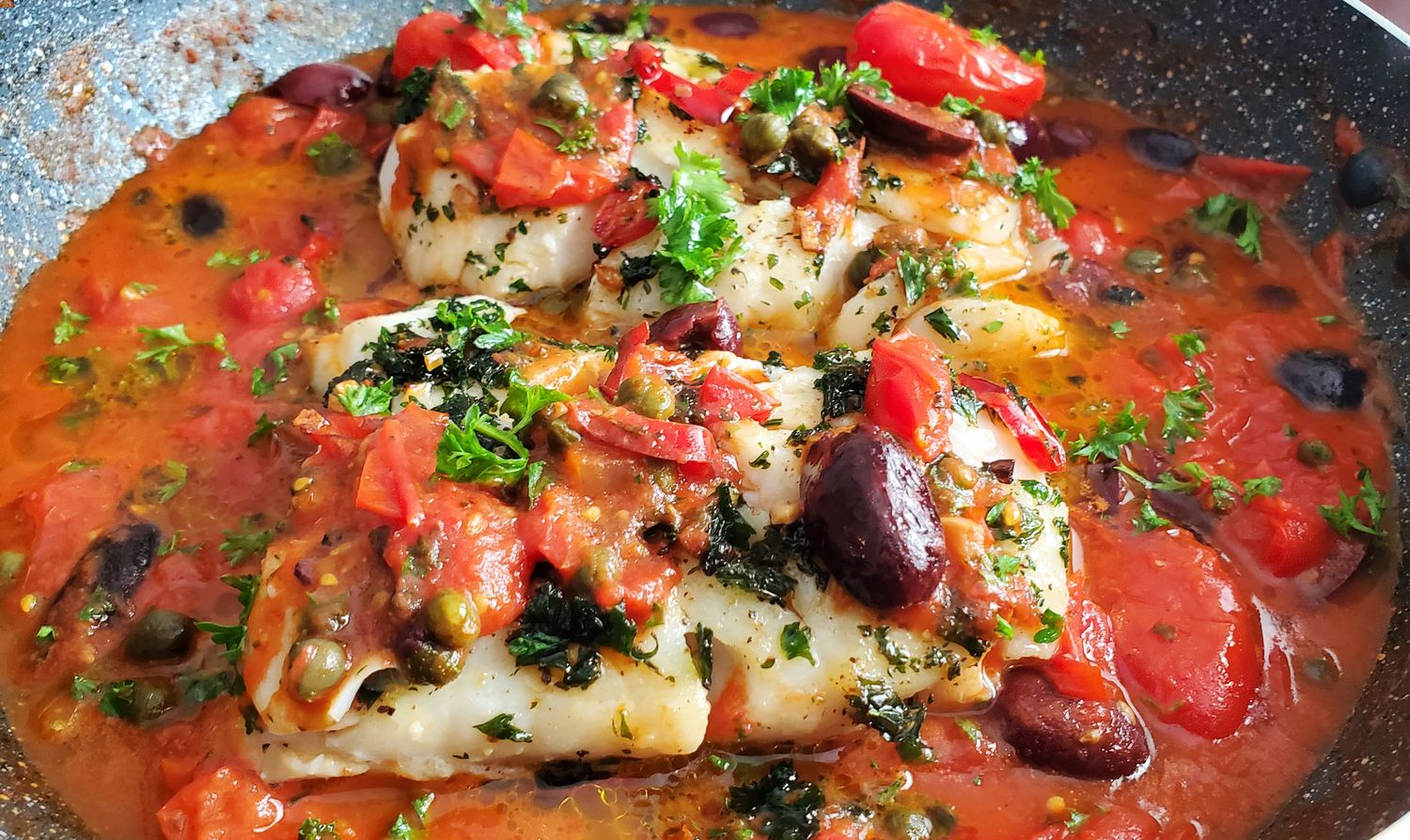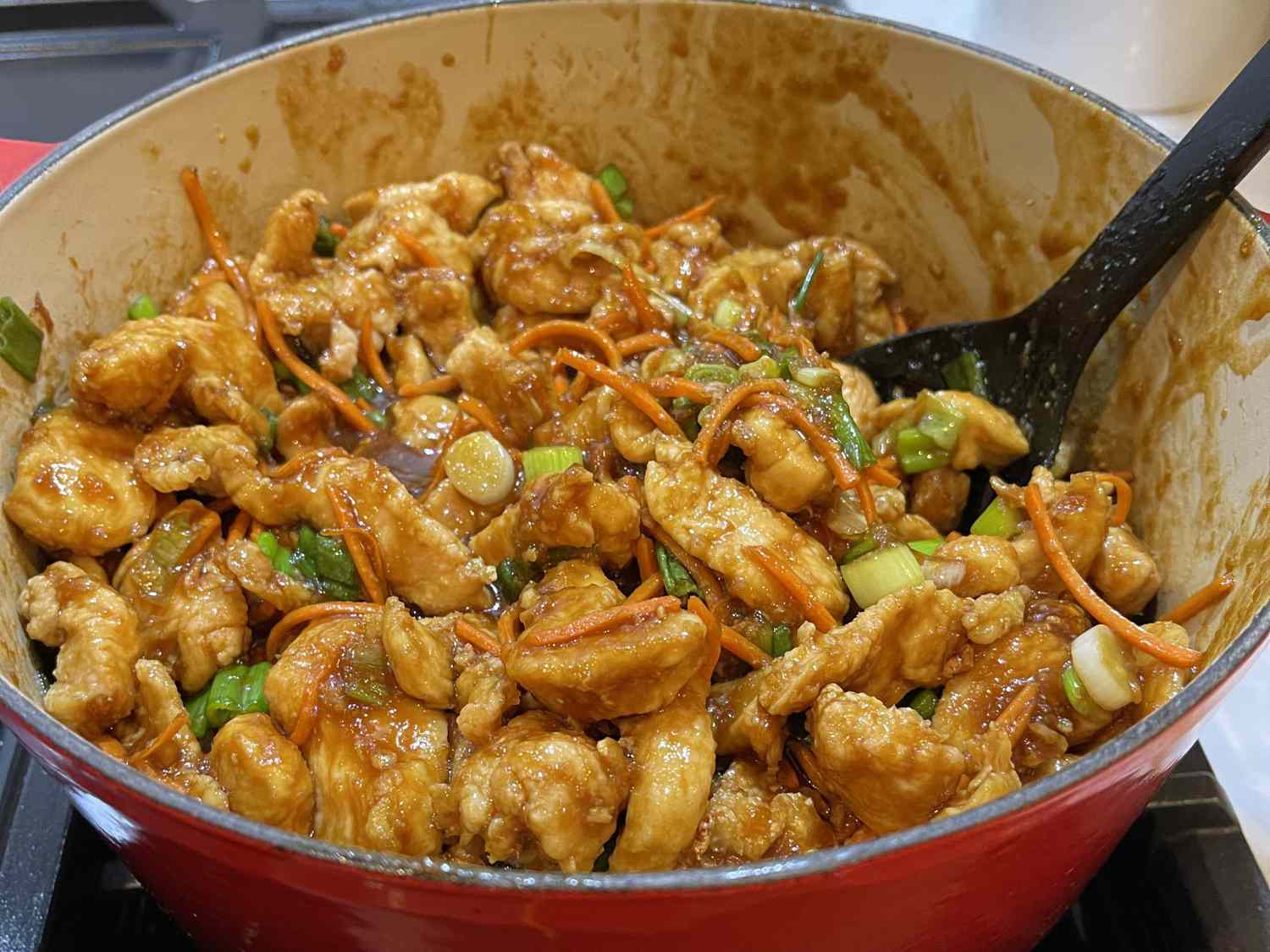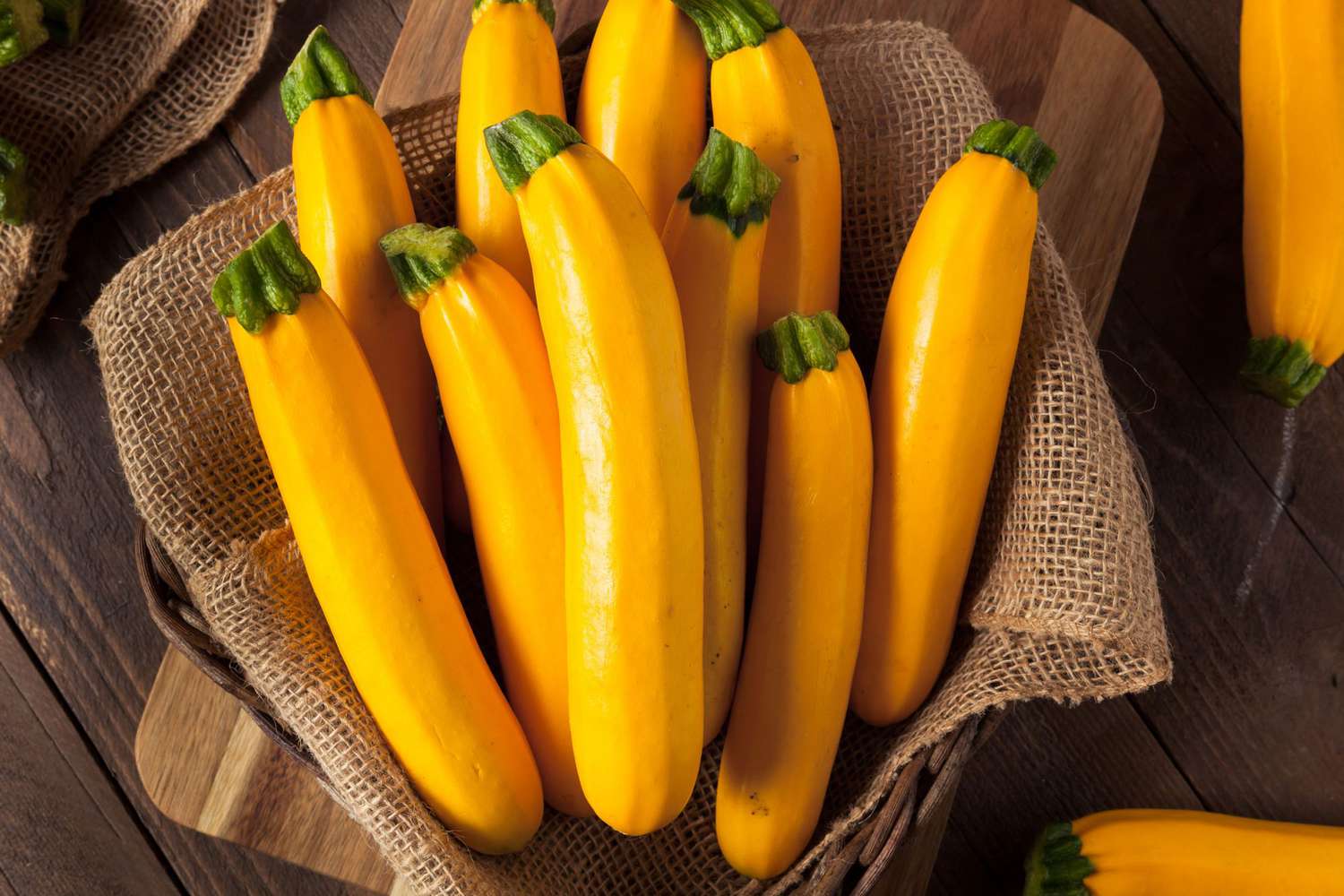The History of the Oldest Vegetable
When we think of vegetables, we often think of fresh produce that we find in the grocery store or at the local farmer’s market. But have you ever wondered what the oldest vegetable in the world is? Vegetables have been a part of human diets for thousands of years, and some have been cultivated for so long that their origins are shrouded in mystery. Let’s take a journey through time to uncover the history of the oldest vegetable.
1. The Origins of Agriculture
Humans have been cultivating and consuming vegetables for millennia. The origins of agriculture can be traced back to ancient civilizations such as the Sumerians, Egyptians, and Chinese, who domesticated and cultivated various plants for food. Some of the earliest cultivated vegetables include onions, garlic, and leeks, which were grown for their culinary and medicinal properties.
2. The Ancient Vegetable Gardens
Historical records and archaeological evidence suggest that ancient civilizations maintained elaborate vegetable gardens. The Hanging Gardens of Babylon, one of the Seven Wonders of the Ancient World, is believed to have contained a variety of plants, including vegetables such as lettuce, cucumbers, and carrots. These gardens served as a testament to the advanced horticultural practices of the time.
3. The Role of Vegetables in Ancient Cultures
In ancient Greece and Rome, vegetables played a significant role in daily life and were often featured in culinary and medicinal practices. Olives, grapes, and cabbage were commonly consumed, and the cultivation of vegetables was celebrated in art and literature. The Roman cookbook “De Re Coquinaria” contains numerous recipes that showcase the diverse uses of vegetables in ancient cuisine.
4. The Legacy of Heirloom Vegetables
Throughout history, certain varieties of vegetables have been passed down through generations, preserving their unique characteristics and flavors. These heirloom vegetables, such as heirloom tomatoes and heritage carrots, offer a glimpse into the culinary traditions of the past and continue to be cherished by modern-day enthusiasts. The cultivation of heirloom vegetables has become a way to honor and preserve the agricultural heritage of ancient civilizations.
5. Uncovering the Oldest Vegetable
While it is difficult to pinpoint the exact age of the oldest vegetable, some contenders for this title include wild carrots, wild onions, and wild garlic, which have been consumed and cultivated for thousands of years. These ancient vegetables have undergone natural and human-driven selection processes, leading to the development of the familiar varieties that we recognize today.
6. The Evolution of Vegetable Cultivation
Over time, the cultivation and consumption of vegetables have evolved, leading to the introduction of new varieties and the adaptation of traditional farming practices. The exploration and colonization of new territories have also contributed to the global exchange of vegetable species, enriching the diversity of vegetable crops around the world.
7. Preserving Vegetable Heritage
As we continue to embrace the rich history of vegetable cultivation, efforts to preserve heirloom and indigenous vegetable varieties have gained momentum. Organizations and seed banks dedicated to conserving vegetable diversity play a crucial role in safeguarding the genetic heritage of ancient vegetables for future generations.
Conclusion
Vegetables have been an integral part of human history, providing sustenance, flavor, and cultural significance for countless generations. While the title of the oldest vegetable may remain elusive, the enduring legacy of ancient vegetables continues to inspire and enrich our culinary experiences today. As we savor the flavors of heirloom vegetables and embrace sustainable farming practices, we honor the enduring legacy of the world’s oldest vegetables.
Was this page helpful?
Read Next: What Is A Lumpia Wrapper
